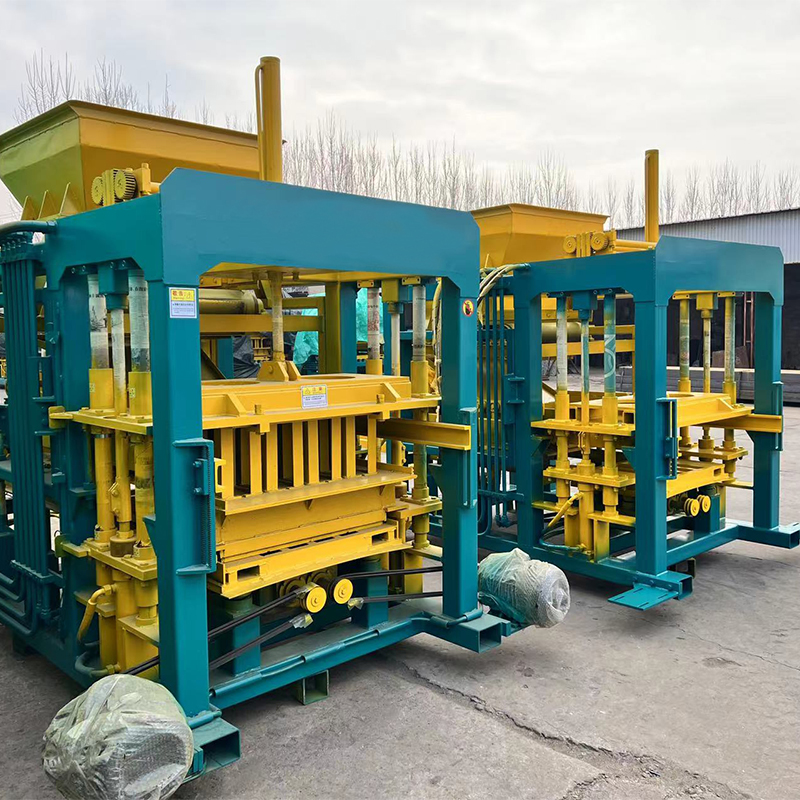
Introduction
Chinese brick making machines play a crucial role in the construction industry, providing efficient and reliable solutions for brick production. The longevity and durability of these machines are essential factors to consider when making purchasing decisions. Investing in robust and long-lasting equipment ensures continuous operation, cost-effectiveness, and maximum return on investment. This article explores the longevity and durability of Chinese brick making machines, discussing key factors that contribute to their longevity, maintenance practices, and the importance of quality manufacturing standards.
Quality Manufacturing Standards
The longevity and durability of Chinese brick making machines are heavily influenced by the manufacturing standards followed by the manufacturers. Reputable Chinese manufacturers adhere to strict quality control processes, ensuring that their machines are built to high standards. This includes using quality materials, employing skilled technicians, and implementing rigorous testing procedures during the production process. Compliance with international standards and certifications further assures the reliability and durability of the machines.
Machine Design and Construction
The design and construction of brick making machines are critical factors affecting their longevity and durability. Chinese manufacturers invest in research and development to create robust machine designs that can withstand the demanding conditions of brick production. Considerations for machine design include:
Frame and Structure:
The machine’s frame and structure should be sturdy and well-built, capable of withstanding the mechanical stresses and vibrations during operation. Quality welding and reinforcement techniques are employed to ensure structural integrity.
Components and Parts:
The choice of components and parts used in the machines significantly impacts their longevity. High-quality motors, bearings, gears, and other critical components are selected to ensure reliable and long-lasting performance. These components are often sourced from reputable suppliers known for their durability.
Wear Resistance:
Components exposed to friction, such as molds and mixers, are designed to be wear-resistant. Hardened surfaces, special coatings, and high-quality materials are used to minimize wear and extend the lifespan of these components.
Routine Maintenance Practices
Proper maintenance practices are essential for ensuring the longevity and durability of Chinese brick making machines. Regular maintenance helps identify potential issues, prevents breakdowns, and prolongs the life of the equipment. Key maintenance practices include:
Lubrication:
Regular lubrication of moving parts reduces friction, minimizes wear, and prevents premature component failure. Chinese manufacturers provide guidelines and schedules for lubrication, specifying the type of lubricants to be used.
Cleaning and Inspection:
Regular cleaning and inspection of the machines help identify any accumulation of debris, dust, or other contaminants. Cleaning also ensures proper airflow, preventing overheating and optimizing machine performance.
Component Replacement:
Over time, certain components may wear out or become damaged. Chinese manufacturers usually provide a comprehensive list of replaceable components, allowing operators to easily replace worn-out parts to maintain the machine’s performance.
Calibration and Alignment:
Periodic calibration and alignment of the machine’s components, such as molds and mixers, help maintain accuracy and ensure consistent brick quality. Proper alignment minimizes unnecessary stress on the machine’s parts, reducing the risk of premature failure.
Operator Training and Skill Development
The longevity and durability of Chinese brick making machines are also influenced by the operators’ training and skill levels. Chinese manufacturers often provide training programs and resources to educate operators on machine operation, maintenance, and troubleshooting. Well-trained operators can detect early signs of issues, follow proper operating procedures, and implement preventive maintenance measures effectively, extending the lifespan of the machines.
Quality of Raw Materials
The quality of raw materials used in brick production also affects the longevity and durability of the machines. Chinese manufacturers emphasize the importance of using high-quality raw materials, such as clay, cement, or fly ash. Inferior or contaminated raw materials can result in increased wear on machine components, reduced production efficiency, and lower quality bricks. Therefore, selecting reliable suppliers and conducting quality checks on raw materials are essential steps in ensuring the durability of the machines.
Continuous Improvement and Innovation
Chinese brick making machine manufacturers are committed to continuous improvement and innovation to enhance the longevity and durability of their machines. They invest in research and development to identify areas for improvement, incorporate new technologies, and optimize machine performance. Feedback from customers and industry experts is valued, leading to the implementation of design enhancements and upgrades that enhance the machines’ durability and reliability.
Conclusion
The longevity and durability of Chinese brick making machines are key considerations for construction industry professionals seeking reliable and cost-effective solutions. The adherence to quality manufacturing standards, robust machine design, routine maintenance practices, operator training, and the use of high-quality raw materials all contribute to the longevity and durability of these machines. Chinese manufacturers’ commitment to continuous improvement and innovation ensures that the machines remain at the forefront of technology, delivering long-lasting performance and meeting the demands of the construction industry. By investing in quality Chinese brick making machines and implementing proper maintenance practices, construction businesses can maximize their productivity, minimize downtime, and achieve sustainable growth.
